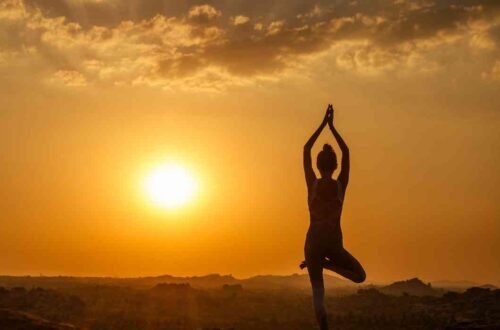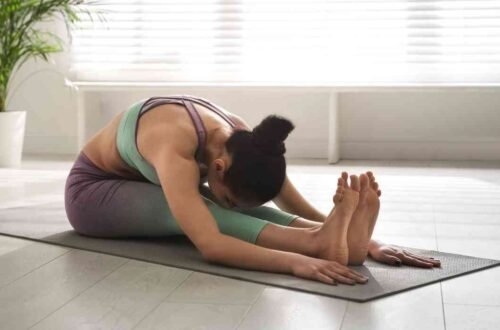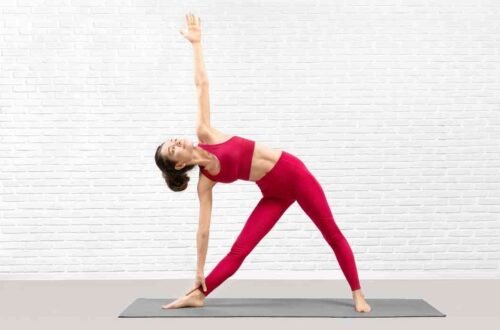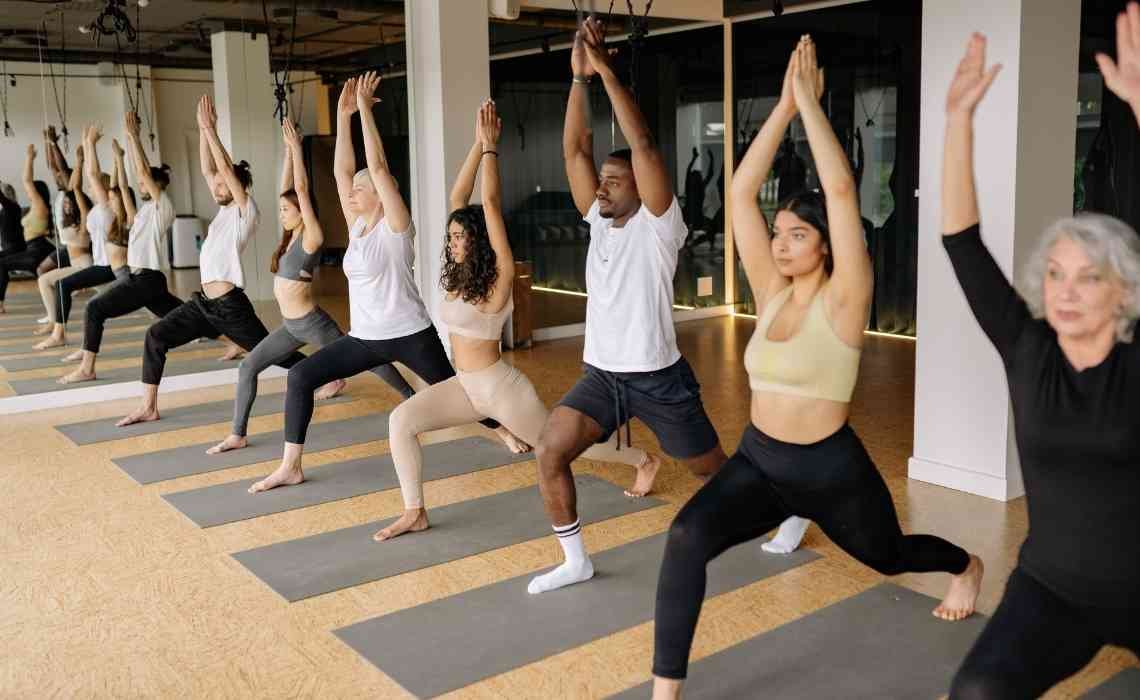
How to Begin Yoga Practice? A Simple Guide for Beginners
Starting anything new can feel a little scary. Yoga is no different. If you are wondering how to begin yoga practice, do not worry. This guide will walk you through each step in a simple and clear way. Yoga can make your body stronger, help you feel calm, and even make you smile more! Let us start your journey together.
What is Yoga?
Yoga is an ancient exercise that started in India thousands of years ago. It helps people stretch their bodies, strengthen their muscles, and calm their minds. Some people think yoga is only about tough poses, but it is really about connecting your mind, body, and breathing together.
“Yoga” comes from the Sanskrit word “yuj,” which means “to join” or “to unite.” In yoga, you unite your body, mind, and breath to feel more peaceful and strong. Yoga is not a competition. You do not have to be perfect. You just need to try your best and enjoy the journey.

Why Should You Start Yoga?
Yoga has many benefits that help both your body and your mind. First, yoga makes your body more flexible. You will be able to bend and stretch without feeling stiff.
Second, yoga helps you get stronger. Many yoga poses need you to hold your body up, which builds your muscles.
Third, yoga helps you feel calm and relaxed. When you breathe deeply during yoga, it tells your brain to feel peaceful.
Yoga also teaches patience. When you practice a pose again and again, you learn how to be patient with yourself.
Finally, yoga can make you happier. Studies have shown that doing yoga releases chemicals in your brain that boost your mood.
How to Prepare to Begin Yoga Practice
Before you start, it is good to prepare a little. First, find a quiet space where you can move around freely. It does not need to be big, but it should be clean and safe.
Next, get a yoga mat. A mat keeps you from slipping and makes it comfortable to sit or lie down. If you do not have a yoga mat, you can use a clean towel at first.
Wear comfortable clothes. You do not need fancy yoga outfits. Just wear clothes that you can stretch and move in easily.
Lastly, bring an open mind. Some poses might feel funny at first. That is okay! Everyone starts as a beginner.
Choosing the Right Type of Yoga
There are many kinds of yoga. Some are fast and active, while others are slow and gentle. Here are a few types you might like:
Hatha Yoga: This is a good place to start. It moves slowly and teaches basic poses.
Vinyasa Yoga: This type links your movements to your breathing. It is a little faster but still fun for beginners.
Yin Yoga: This is very slow and calm. You hold each pose for a long time, which helps stretch your muscles deeply.
Restorative Yoga: This type focuses on resting and relaxing. It uses pillows and blankets to make you feel cozy.
Pick the type that sounds fun to you. You can always change later!
Finding a Teacher or Class
A good teacher can make a big difference when you begin yoga practice. You can find classes at local gyms, community centers, or online.
If you go to a class in person, the teacher can help you with your poses. They will make sure you are safe and doing things the right way.
If you learn from YouTube or an app, pick beginner videos. Make sure the teacher explains things clearly. Read reviews to find videos that other beginners liked.
Having a teacher can also make yoga feel less lonely. It is nice to know someone is cheering you on!
Learning Basic Yoga Poses
You do not need to know a lot of poses to start. Here are a few simple ones:
Mountain Pose (Tadasana): Stand tall with your feet together. Reach your arms up and feel your whole body getting longer.
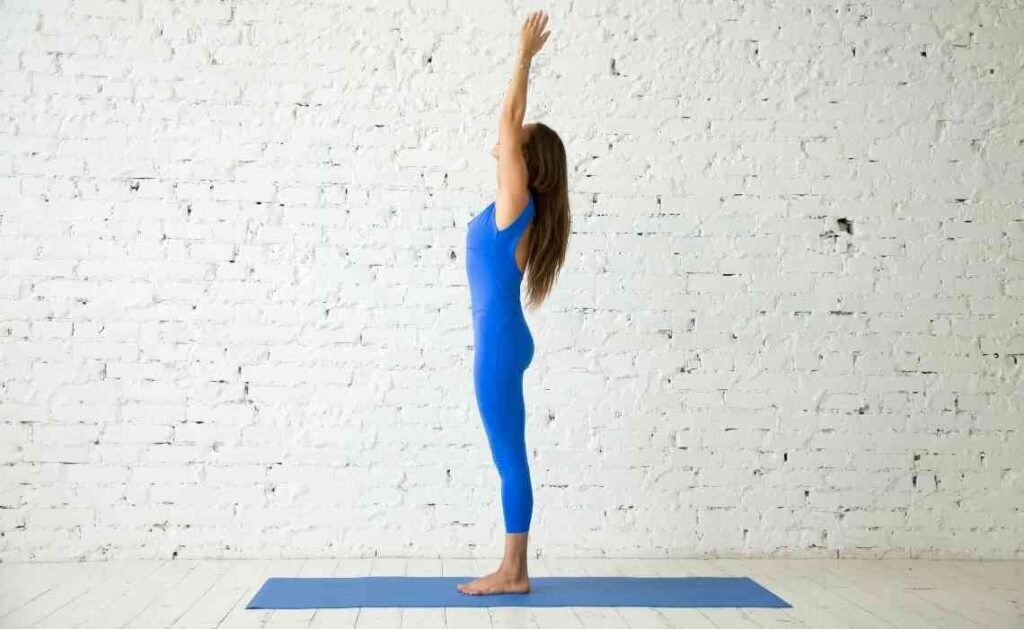
Downward Dog (Adho Mukha Svanasana): Start on your hands and knees. Lift your hips up to make a triangle shape with your body.
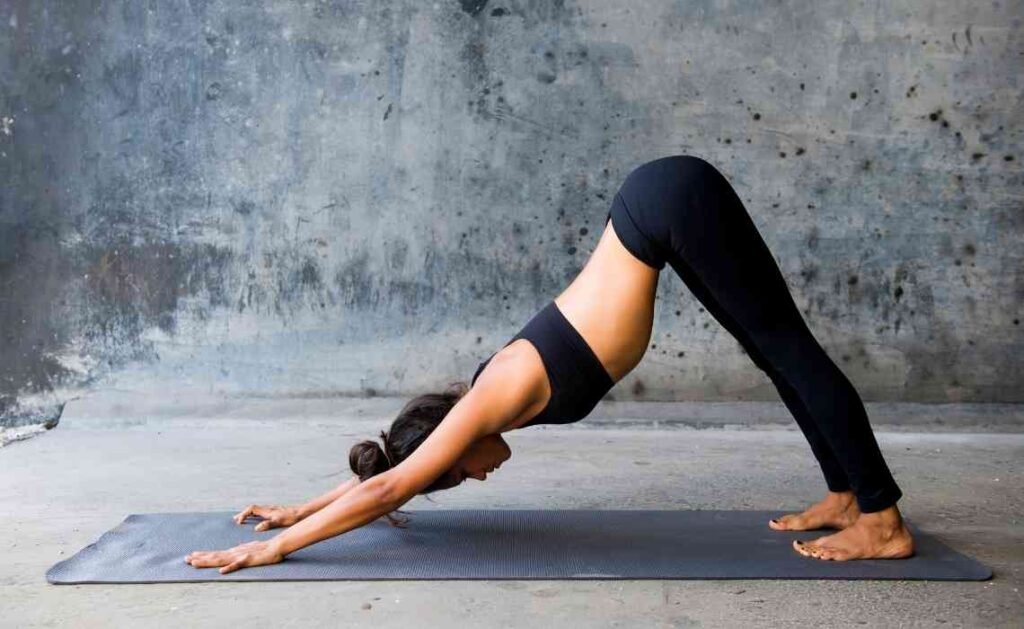
Child’s Pose (Balasana): Sit back on your heels and stretch your arms forward on the floor. Rest your forehead down and relax.
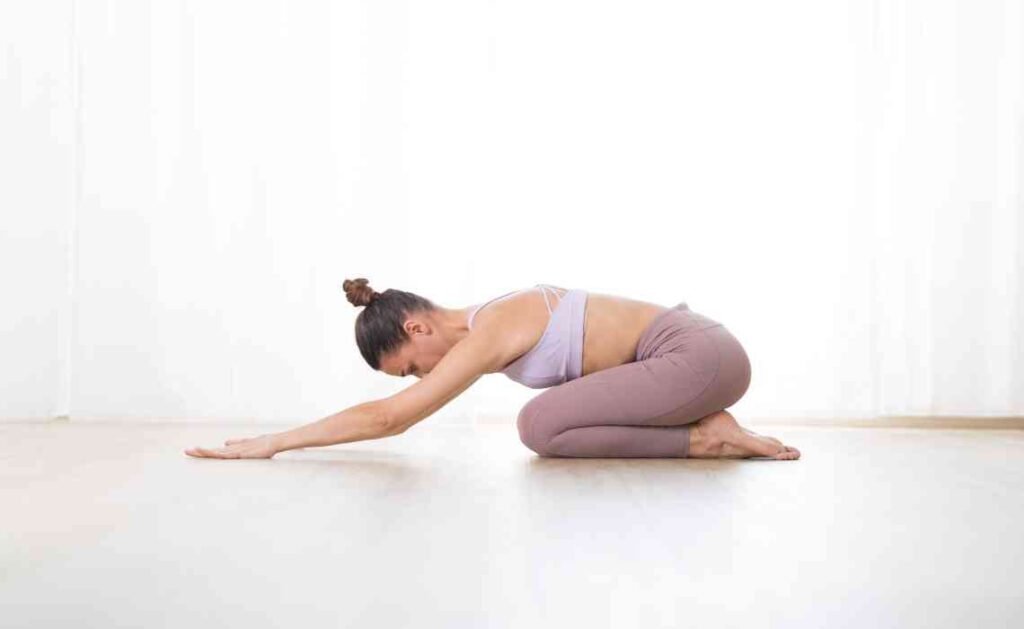
Cat-Cow Stretch: Move between arching your back like a cat and dropping your belly down like a cow. This warms up your spine.
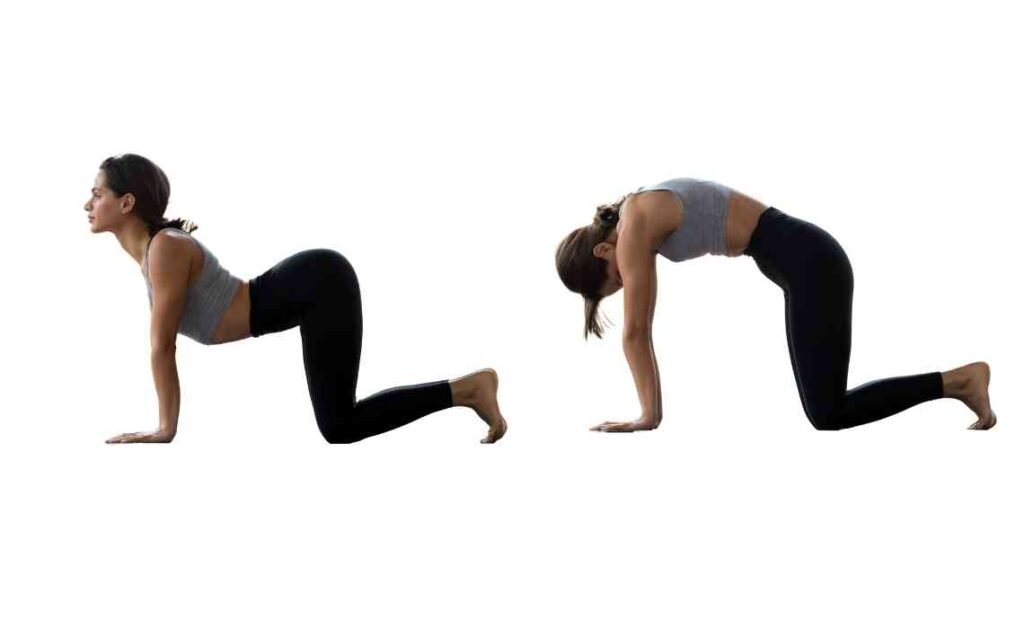
Seated Forward Bend (Paschimottanasana): Sit with your legs straight and reach for your toes. It is okay if you cannot touch them yet!
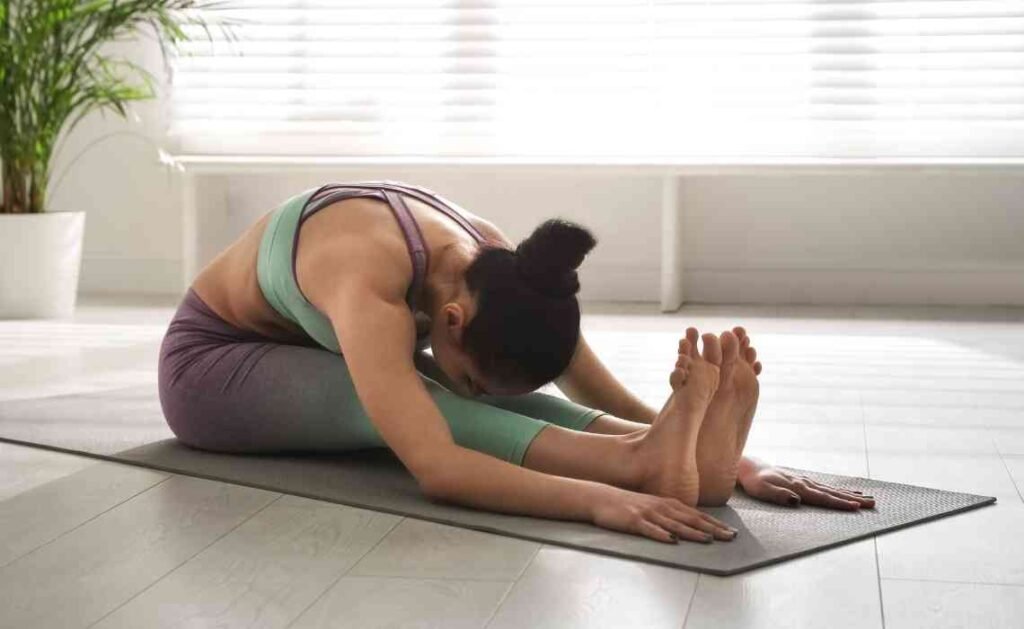
Practice these slowly. Take deep breaths while you move. Do not rush.
Understanding Yoga Breathing
Breathing is very important in yoga. It is called “pranayama,” which means “life force control.”
When you breathe deeply, you send more oxygen to your brain and body. This helps you think clearly and feel strong.
Try this simple breathing exercise:
- Sit comfortably.
- Breathe in slowly through your nose and count to four.
- Hold your breath for a count of four.
- Breathe out slowly for a count of four.
Do this a few times before you begin your practice. It will help you feel calm.
Setting Small Yoga Goals
Big goals can feel scary. That is why it is better to start with small goals.
Maybe your first goal is to practice yoga for five minutes a day. Or you might want to learn three poses this week.
When you reach a small goal, you feel proud. That makes you want to keep going!
You can even write down your goals and check them off. Watching your progress feels amazing.
Listening to Your Body
Your body is smart. It will tell you when something feels good or when something hurts.
If a pose feels painful, stop right away. Yoga should feel like a stretch, not like you are hurting yourself.
If you feel tired, take a break. You can always rest in Child’s Pose. It is better to listen to your body than to push too hard.
Making Yoga a Habit
Practicing yoga once is great, but making it a habit is even better. Habits grow when you do small things every day.
Pick a time of day that works best for you. Maybe you stretch in the morning to wake up. Maybe you relax with yoga before bed.
Put a reminder on your phone or stick a note on your wall. Little reminders help you remember your practice.
Even five minutes a day will help you become stronger and calmer.
Using Props for Help
Props are tools that help you do yoga poses better. They make things easier and safer.
Common props include yoga blocks, straps, and bolsters (which are like big pillows). Blocks can help you reach the ground if you cannot bend very far yet.
Straps help you stretch without hurting yourself. Bolsters help you relax in comfy poses.
You do not have to buy props right away. You can use books, belts, and pillows from home to start.
Staying Positive and Patient
Learning something new takes time. You might not touch your toes on the first day. That is okay.
Celebrate small wins. Maybe today you balance a little longer. Maybe you feel a little calmer. That is a victory!
Smile and be kind to yourself. Yoga is not about being perfect. It is about showing up and doing your best.
Understanding Common Yoga Terms
You might hear some new words in yoga. Here are a few simple explanations:
- Asana: This means a yoga pose.
- Pranayama: This means breathing exercises.
- Namaste: This is a word people say at the end of class. It means “I honor the good in you.”
- Chakra: These are energy centers in your body. Some types of yoga talk about them.
You do not have to memorize all the words at once. You will learn them little by little.
Start Your Yoga Journey Today
Now you know how to begin yoga practice! You have learned what yoga is, why it helps you, and how to get ready.
Remember, it is okay to be a beginner. Everyone starts somewhere. What matters most is that you start.
Take a deep breath, roll out your mat, and try your first pose today. Your body and mind will thank you!



